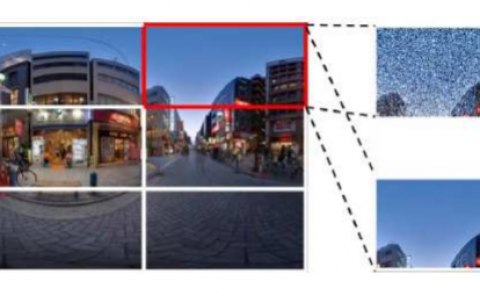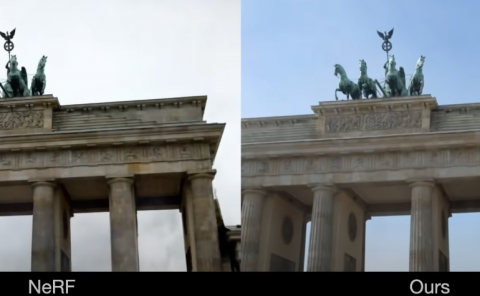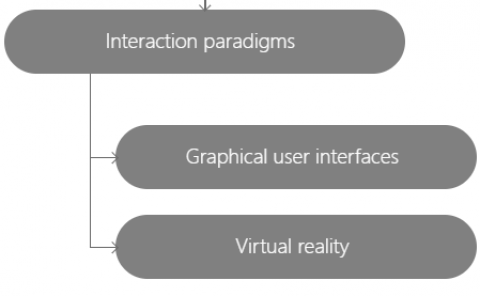Visual Quality of 3D Meshes With Diffuse Colors in Virtual Reality: Subjective and Objective Evaluation
PubDate: November 2020
Teams: CNRS
Writers: Yana Nehmé; Florent Dupont; Jean-Philippe Farrugia; Patrick Le Callet; Guillaume Lavoué

Abstract
Surface meshes associated with diffuse texture or color attributes are becoming popular multimedia contents. They provide a high degree of realism and allow six degrees of freedom (6DoF) interactions in immersive virtual reality environments. Just like other types of multimedia, 3D meshes are subject to a wide range of processing, e.g., simplification and compression, which result in a loss of quality of the final rendered scene. Thus, both subjective studies and objective metrics are needed to understand and predict this visual loss. In this work, we introduce a large dataset of 480 animated meshes with diffuse color information, and associated with perceived quality judgments. The stimuli were generated from 5 source models subjected to geometry and color distortions. Each stimulus was associated with 6 hypothetical rendering trajectories (HRTs): combinations of 3 viewpoints and 2 animations. A total of 11520 quality judgments (24 per stimulus) were acquired in a subjective experiment conducted in virtual reality. The results allowed us to explore the influence of source models, animations and viewpoints on both the quality scores and their confidence intervals. Based on these findings, we propose the first metric for quality assessment of 3D meshes with diffuse colors, which works entirely on the mesh domain. This metric incorporates perceptually-relevant curvature-based and color-based features. We evaluate its performance, as well as a number of Image Quality Metrics (IQMs), on two datasets: ours and a dataset of distorted textured meshes. Our metric demonstrates good results and a better stability than IQMs. Finally, we investigated how the knowledge of the viewpoint (i.e., the visible parts of the 3D model) may improve the results of objective metrics.



